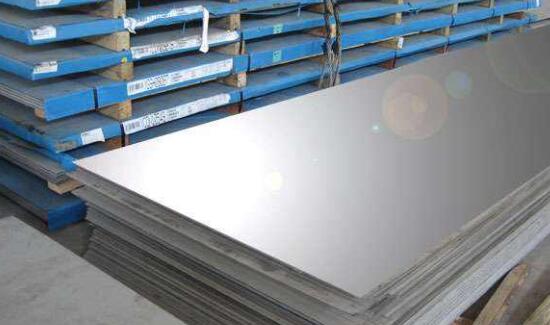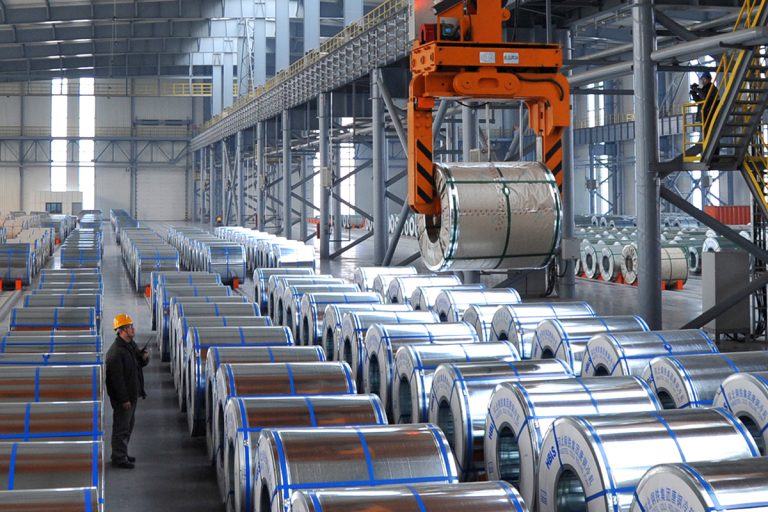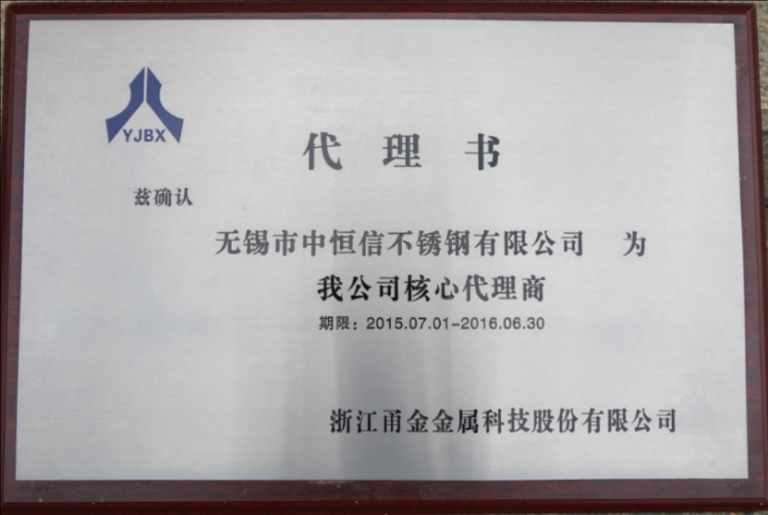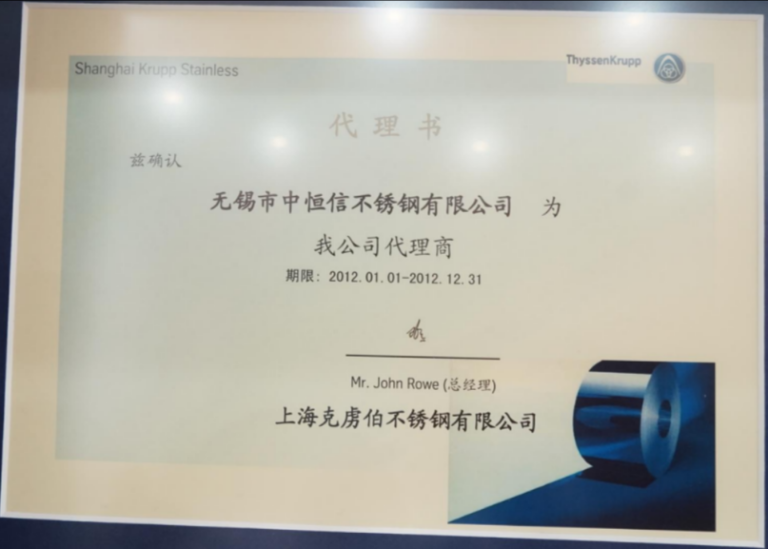It is reported that the steel demand in the ASEAN region will increase by 3.7% year-on-year in 2024, reaching 76.5 million tons. Due to high global inflation risks, price fluctuations, and slowing demand in China and many other regions, steel demand in the six major countries of the Association of Southeast Asian Nations (ASEAN 6) decreased by 1.9% year-on-year to 73.5 million tons last year. During this period, steel production decreased by 2.1% year-on-year to 49.4 million tons, while net steel imports in 2023 decreased by 1.3% year-on-year to 24.3 million tons. The main factors behind the decline in the steel industry in the region last year were a decrease in external demand, high inflation and interest rates, and a tightening of the global financial market. This has led to a slowdown in the construction industry and steel companies selling off their inventories. Last year, steel demand in Malaysia, the Philippines, and Vietnam decreased by 14%, 7.5%, and 4.8% year-on-year, respectively, while steel demand in Singapore and Indonesia increased. But with the recovery of consumption, infrastructure and construction projects, tourism industry, and inflation rates approaching the target range, steel demand in the region is expected to increase in 2024.
Do You Have Needs? We'd Love To Help You!
MENU
PRODUCTS
CONTACT US
- ZHONGHENGXIN STAINLESS STEEL CO., LTD.
- +86 18724050764
- [email protected]
- No. 289 Fangcheng Avenue Building 17, Units 117-120, X inwu District, Wuxi
Copyright © Wuxi Zhonghengxin Stainless Steel Co., Ltd. All rights reserved. Privacy Policy






